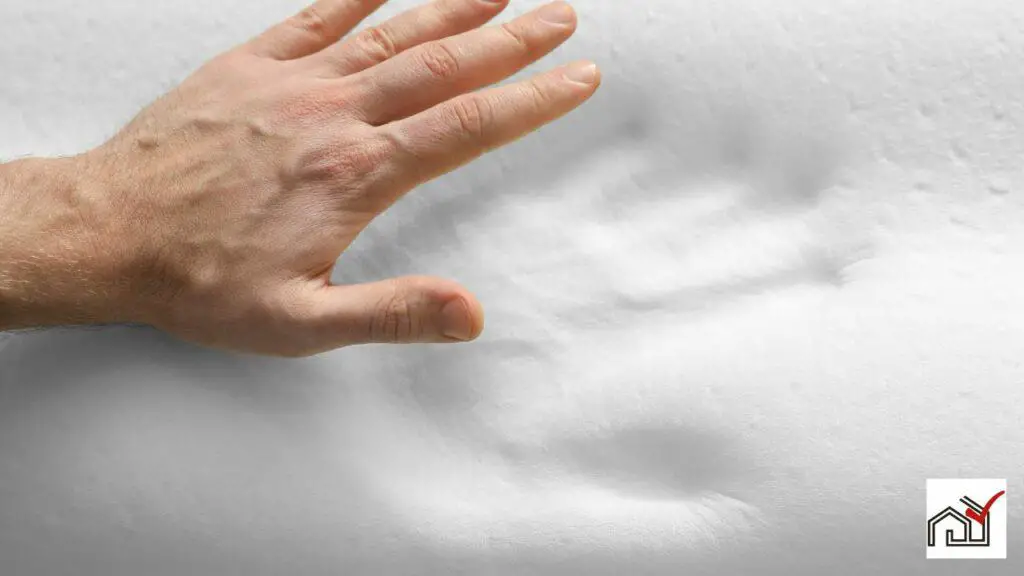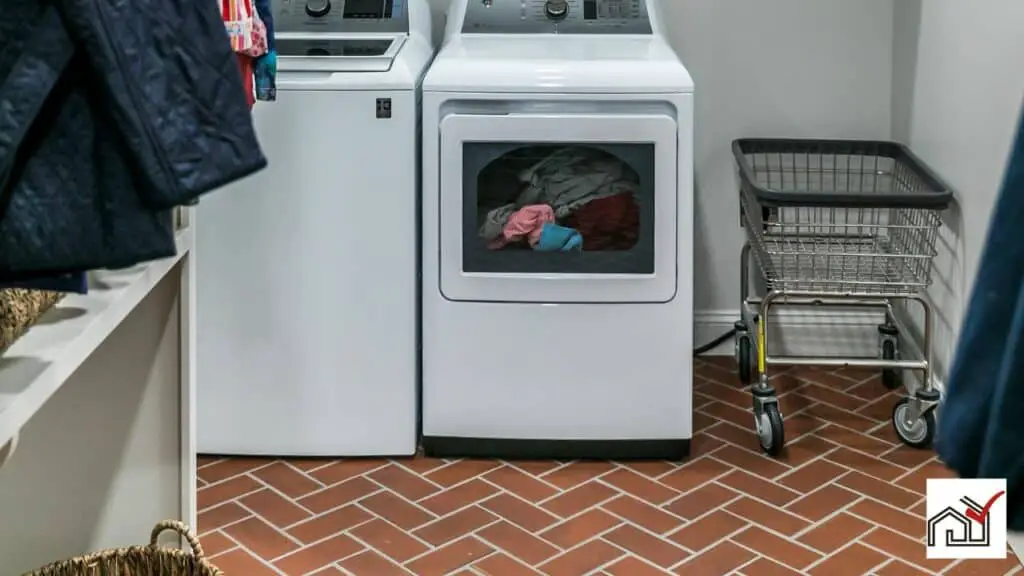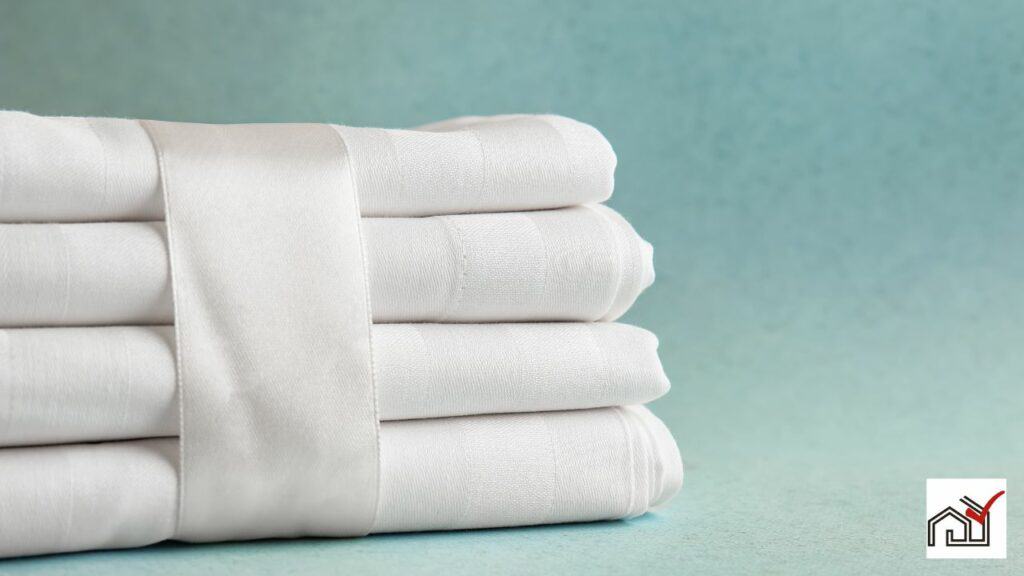Memory foam pillows are popular for their body-contouring support and comfort.
Their lifespan depends on the quality of materials, frequency of use, and how well they are maintained. Typically, a memory foam pillow lasts about 2 to 3 years. Some high-quality brands may last up to 10 years under ideal conditions.
It is important to check the pillow’s shape, firmness, and resilience regularly as these factors can signal when it’s time for a replacement. Replacing memory foam pillows periodically is also advisable for hygiene and to reduce allergens.
Let’s now talk about the general lifespan and maintenance tips for memory foam pillows.
Understanding Memory Foam Pillows
Memory foam pillows are made with viscoelastic material that molds to the shape of the user’s head and neck, offering customized support. These pillows adjust to the body’s pressure and temperature, evenly distributing weight and alleviating pressure points, which may lead to better sleep.
These pillows are designed to support the neck and align the spine, potentially preventing neck pain and stiffness. Memory foam’s ability to return to its original shape after use contributes to the pillow’s durability and long-term performance.
A high-quality memory foam pillow can remain comfortable and supportive for several years. Traditional pillows often need replacement more frequently, but memory foam pillows can last for 2 to 3 years or longer, subject to brand and usage. Some brands, like Panda, may offer up to a 10-year guarantee, reflecting confidence in their product’s longevity and the benefit they provide for sustained comfort and spinal health.
Average Lifespan Insights
Memory foam pillows typically last 2 to 3 years, but this can vary based on brand quality, use, and care. Some brands may offer warranties up to 10 years.
Pillows should be replaced when they no longer maintain their shape or provide adequate support, impacting sleep quality.
Using a protective cover and following cleaning instructions can help extend a pillow’s life.
Ultimately, pillows need to be replaced due to wear, allergens, and hygiene concerns. Regularly check for signs of wear to determine when to get a new memory foam pillow to ensure quality sleep.
Recognizing Wear and Tear
Memory foam pillows have a limited lifespan and eventually show signs of wear and tear, affecting sleep quality and comfort. When a memory foam pillow loses its shape, becomes lumpy, or does not return to its original contour, it indicates a loss of support and the need for replacement.
Visible damage, such as tears, holes, or stains, compromises the pillow’s structure and can lead to hygiene issues, as pillows collect dead skin cells, sweat, and allergens over time.
If you experience neck pain or other discomfort upon waking, this may signify that your pillow is no longer providing proper spinal alignment during sleep. It is advisable to replace pillows every few years to maintain comfort and health.
To ensure uninterrupted sleep, monitor your memory foam pillow for these signs of deterioration and replace it when necessary.
Impact on Sleep Quality
A memory foam pillow helps improve sleep by keeping the neck and spine aligned. Its ability to shape itself to the head and neck supports a natural sleeping posture. Over time, these pillows can wear out and lose their supportiveness, which can disrupt sleep and cause discomfort, such as soreness or headaches.
It’s important to replace memory foam pillows when they no longer provide adequate support. While they generally last longer than traditional pillows, they still need to be changed after a certain amount of time. Regularly assessing your pillow’s condition can help maintain good sleep quality.
If your sleep is getting worse and your pillow isn’t offering steady support throughout the night, it might be time to get a new one to ensure comfortable sleep.
Hygiene and Allergen Concerns
It is important to maintain the hygiene of memory foam pillows as they can collect dead skin, sweat, and allergens like dust mites. These can affect the pillow’s quality and may lead to health issues such as allergies.
Memory foam pillows are not designed for machine washing, making it difficult to clean stains and remove discoloration from body sweat and oils. Using a pillow protector can reduce the buildup of contaminants but cannot prevent it entirely.
To ensure a clean sleeping environment, it is advised to replace memory foam pillows every 1 to 2 years. Washing them in a machine may damage the pillow and worsen hygiene problems.
Pillow Replacement Timeline
Memory foam pillows should be replaced every 24 to 36 months to maintain hygiene and ensure they provide adequate support for the head and neck. Over time, these pillows lose their shape and support, leading to discomfort and potential musculoskeletal problems.
To determine if a pillow needs replacement, check if it retains its shape, look for signs of wear, or notice a reduction in support. While proper care can extend a pillow’s life, replacement every two to three years is recommended for hygiene and optimal support.
Regular assessment of sleep quality can indicate the need for a new pillow if support has diminished. Following this replacement schedule helps maintain restful sleep and proper support for the head and neck.
Care Tips for Longevity
Memory foam pillows generally need to be replaced every two to three years. However, with proper care, their lifespan can be extended. Using a protective cover can prevent damage from moisture and dirt. Following the manufacturer’s care instructions is essential. Typically, these guidelines recommend hand washing instead of machine washing to maintain the pillow’s shape.
Air drying the pillow is necessary, as heat from dryers can damage the memory foam. Using a pillow protector that can be washed helps shield the pillow from moisture and body oils. Clean the pillow every six months and adhere to the recommended replacement schedule for best results. Proper maintenance can lengthen the time before needing a new pillow.
Choosing a New Pillow
When choosing a new memory foam pillow, it’s important to select one that suits your sleep habits and is durable. Memory foam pillows are favored for their support and spine alignment benefits, as they mold to the shape of the neck and head. The longevity of the pillow depends on the foam quality and maintenance.
To find the best pillow, consider your sleeping position. Side sleepers need a thicker pillow for neck alignment, stomach sleepers should choose a flatter pillow, and back sleepers benefit from a medium-thick pillow.
Look for pillows with guarantees, like Panda pillows with a 10-year guarantee, indicating product reliability.
Personal comfort is also key. Consider the density of the memory foam, cooling features, and size of the pillow. The right firmness is crucial for uninterrupted sleep.
Selecting a pillow with these considerations in mind will help improve your sleep quality for the long term. A good pillow is essential for sleep health.





